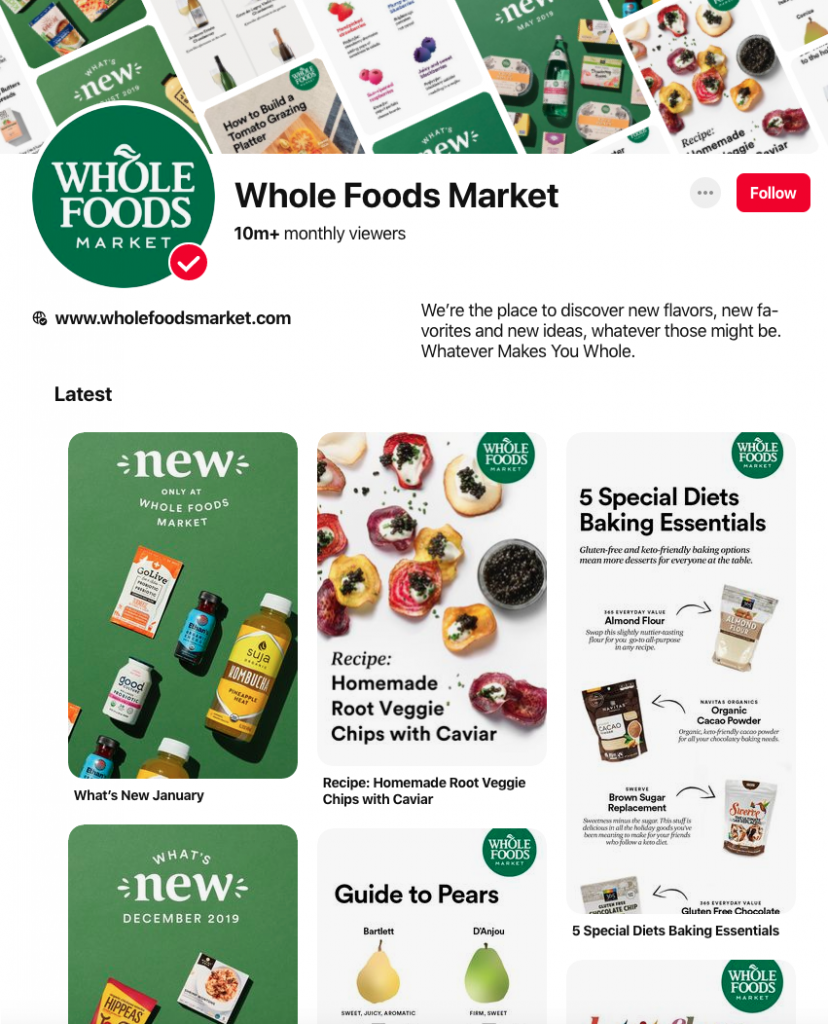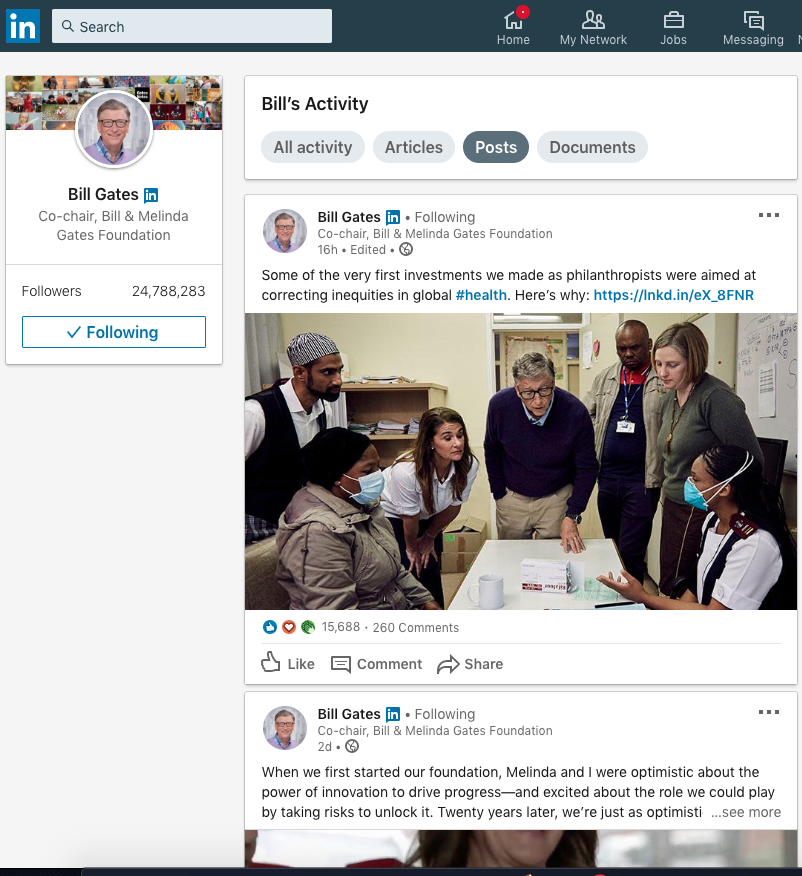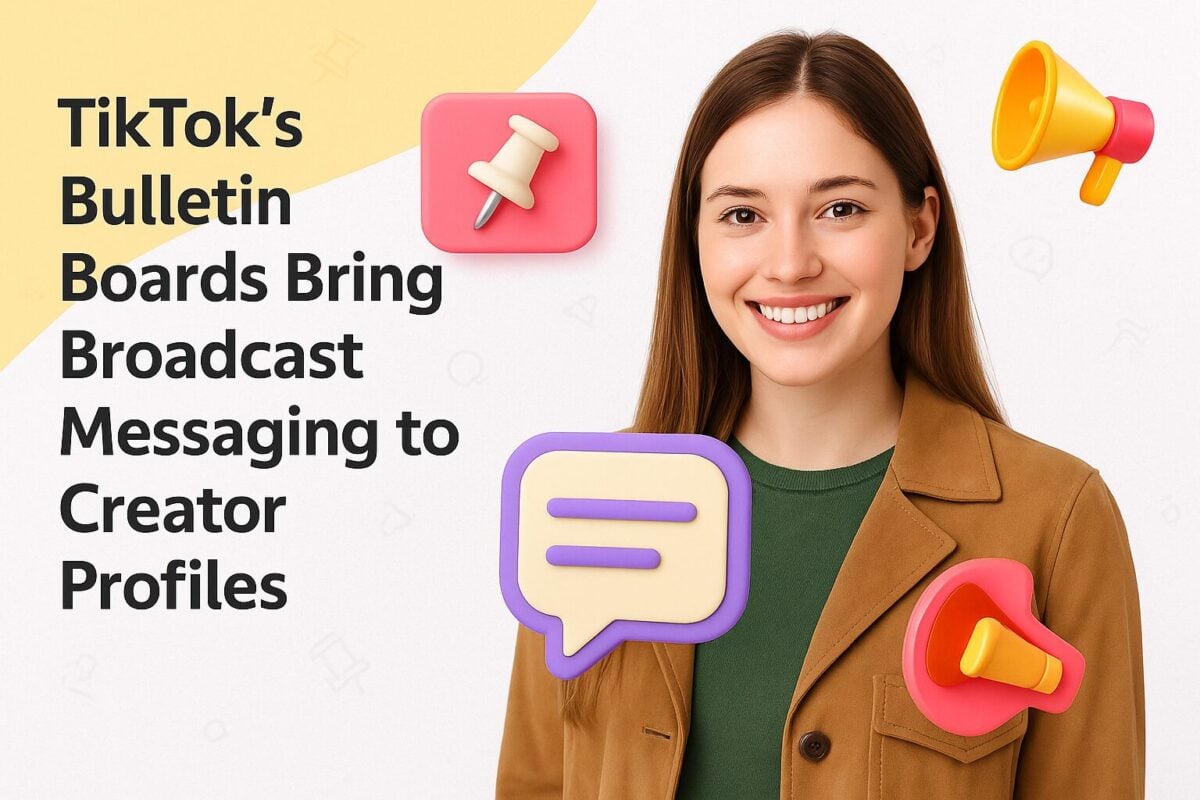Long-form blog posts have been the holy grail of content marketing for a long time. In fact, many studies have proven that, among other factors, the length of a post is responsible for its popularity.
The general consensus seems to be that long, more comprehensive posts deliver more value and get more social shares than their shorter counterparts. A word count of 2250-2500 is the sweet spot that gets maximum organic traffic and posts with 3000-10000 words get the highest number of shares.

Source: okdork.com
But this perception is changing. Click-happy net users with dwindling attention spans have no patience to go through long-form content. A Contently survey indicates that 75% of people actually prefer reading posts under 1000 words; only 5% invest time into reading 2000-word plus posts.
To cater to these evolving content-consumption patterns, bite-sized microblogs are becoming popular. Microblogging sites like Twitter and Tumblr are dishing out short-form content that can be consumed on the move, anytime, anywhere.
What is a Microblog?:
What Are Microblogs?
Microblogs are concise blog posts (under 300 words) that can have images, GIFs, links, infographics, videos, and audio clips. Although the term “microblogging” is relatively new, the practice isn’t. Many of us are already microblogging without being aware of it.
Let us explain with an illustration. You create a video tutorial or write a research-driven whitepaper. While posting it, you draft a crisp summary that includes the main highlights and an embedded link to the resource. That’s a microblog! It’s like instant messaging and traditional blogging rolled into one.
The most common content types shared via microblogs are news updates, memes, quotes, event highlights, user-generated content, and infographics. Since 78% of marketers vouch for visual content’s efficacy in driving engagement, most microblogs contain images or animated graphics.
Here’s what a typical microblog post looks like:

Source: twitter.com
The Benefits of Microblogging
The marketing community has started paying more attention to microblogging. The payoff is hard to resist—create and share concise posts and receive instant results. But before we dive into the technical side of microblogging, let’s take a closer look at why you need to microblog at scale.
Reduced Effort
You can create numerous microblog posts in the same amount of time as it would take you to create one long-form content piece. Creating long-form posts multiple times in a day is not viable, creatively or practically. Microblog posts, on the other hand, take minutes to write up and post.
Microblogging delivers value for money which is a powerful incentive for small businesses and brands. They can cut back on content creation expenditure and maximise their returns.
Always-On Strategy
Consistency is the key to effective content marketing. Brands that post frequently get better engagement. Consumers rely on such brands as their go-to resources for instant gratification.
For brands, microblogs are a way to keep in touch with their audience 24X7. For instance, a simple tweet can broadcast news more efficiently than a lengthy post or press release.
Mobile Friendliness
Today, consumers are obsessed with their mobile devices. They check their mobile phones every 12 minutes, 40% within five minutes of waking up.
Microblogging sites like Pinterest and Twitter are getting traction because they’re available as nifty mobile apps that modern consumers love to use. By microblogging on these sites, brands can access a wide audience base and gain visibility.
All You Need to Know About Microblogging Sites
Microblogging sites are popular because they’re serving content in formats that today’s users find palatable.
While there are numerous microblogging sites out there, we’ve identified Twitter, Pinterest, Tumblr, Instagram, and Facebook as the frontrunners. Reddit and LinkedIn are also catching up fast. This is primarily due to their remarkable traffic numbers and page-view data.
Twitter gets the highest marks among microblogging sites for its broad user base of 330 million. For 71% of Americans, Twitter is the primary source of news. With such insane numbers, Twitter is the top choice of microbloggers worldwide.
Twitter places a cap of 280 characters on tweets. The platform enables meaningful interaction by means of retweets, comments, and likes. Additionally, you can use Twitter Cards to embed your video/audio clips, photo galleries, and live links. Twitter Moments lets you bunch together your favourite tweets and present them as slideshows.
Tumblr
Tumblr is a close competitor to Twitter in the microblogging domain. It has over 466 million blogs and is a popular platform for microbloggers. You can share your blog posts and follow others’ blogs. The blogs you follow will appear in your dashboard and you can reblog them or comment on them.
In terms of character count, Tumblr is more lenient than Twitter. but the platform does limit character count for replies (475 characters) and ask messages (500 characters).
The text block limit for posts is 250 per day for both Android and iOS. You can post literally anything here—text, chats, audio/video clips, links, quotes, static images, animated GIFs, you name it, Tumblr has it covered.
Some wordsmiths have a hard time cracking Instagram’s visual interface. But, it’s steadily catching up to other microblogging sites. For one, its character limit of 2200 gives writers more room to express themselves. However, the Instagram team recommends keeping image captions under 250 characters so that they are fully visible in the feed.
Bloggers are tapping into the visual appeal of Instagram. They’re embellishing their short posts with graphics (infographics, GIFs, etc.), and adding links to the full-length post or website.
Media-crazy Instagrammers are loving the posts and driving up engagement. You can really experiment with crazy post ideas on Instagram since its audience digs the fun, wacky side of the platform.
Facebook is an unbeatable microblogging platform for the sheer variety of content formats that it offers. Apart from regular text and image-laden posts, you can create surveys, polls, questionnaires, check-ins, virtual cards, watch parties, and live videos.
The immensely popular Facebook Story feature is another means of microblogging. You can group related posts into a Story and give them catchy captions. The posts display as a slideshow and you can add effects and transitions to make them more appealing.
You can create groups for more targeted marketing. For instance, you can round up your prospective clients in a group and then present them with marketing microblog posts that can push them down the sales funnel.
Another visual platform that has caught the fancy of microbloggers is Pinterest. Unlike Instagram, Pinterest is purely visual, except that you can append notes to pictures. You can create Pinterest Boards where you Pin pictures around a central theme.
You can follow popular boards that align with your interests and industry. Understandably, Pinterest has a niche audience base but a tremendous fan following. If your content is high on visuals, Pinterest can take your content marketing to a whole new level.

Source: pinterest.com
The microblogging site calls itself “the front page of the Internet.” Though this might be an exaggeration, the fact is that Reddit is very popular among internet users.
Reddit is like a collection of forums where people discuss varied topics. Each topic forms a subreddit where people upvote or downvote comments and posts.
For microbloggers, Reddit can be a valuable platform for expressing their views and interacting with fellow users. The interface can be a bit daunting for beginners, but you can use the sort option to find Hot, Controversial, or New topics.
A word of caution is needed here. Reddit users must comply with the platform’s content policy. The site has moderators who can change a post’s appearance or content if it doesn’t align with the given guidelines.
Though LinkedIn is perceived as a professional networking site, it’s great for microblogging too. You can write succinct text posts or create SlideShare decks to share with your community of followers. The large user base of LinkedIn ensures maximum visibility for your posts.
If you’re just starting out with microblogging, LinkedIn can give you a good head start. The interface is super-easy to understand and use. You can build your personal brand by posting microblogs regularly and tagging influencers.

Source: linkedin.com
Remember to keep the first few lines of your microblogs eye-catching. This will prompt readers to click the “See more” button and read the rest of the content. You can engage people better by adding a CTA at the end of your post and responding to comments promptly.
Wrapping Up
Marketing gurus and SEO experts who had propagated the pros of lengthy articles have now jumped ship. This digital marketing era belongs to microbloggers. Microblogging has created a world of opportunities for businesses on tight marketing budgets and even tighter deadlines.
With a minimal investment of time and funds, microblogs can help brands grab the limelight. This post covers all of the basics of microblogging and popular microblogging sites. You can leverage this information to create or enhance your microblogs.



